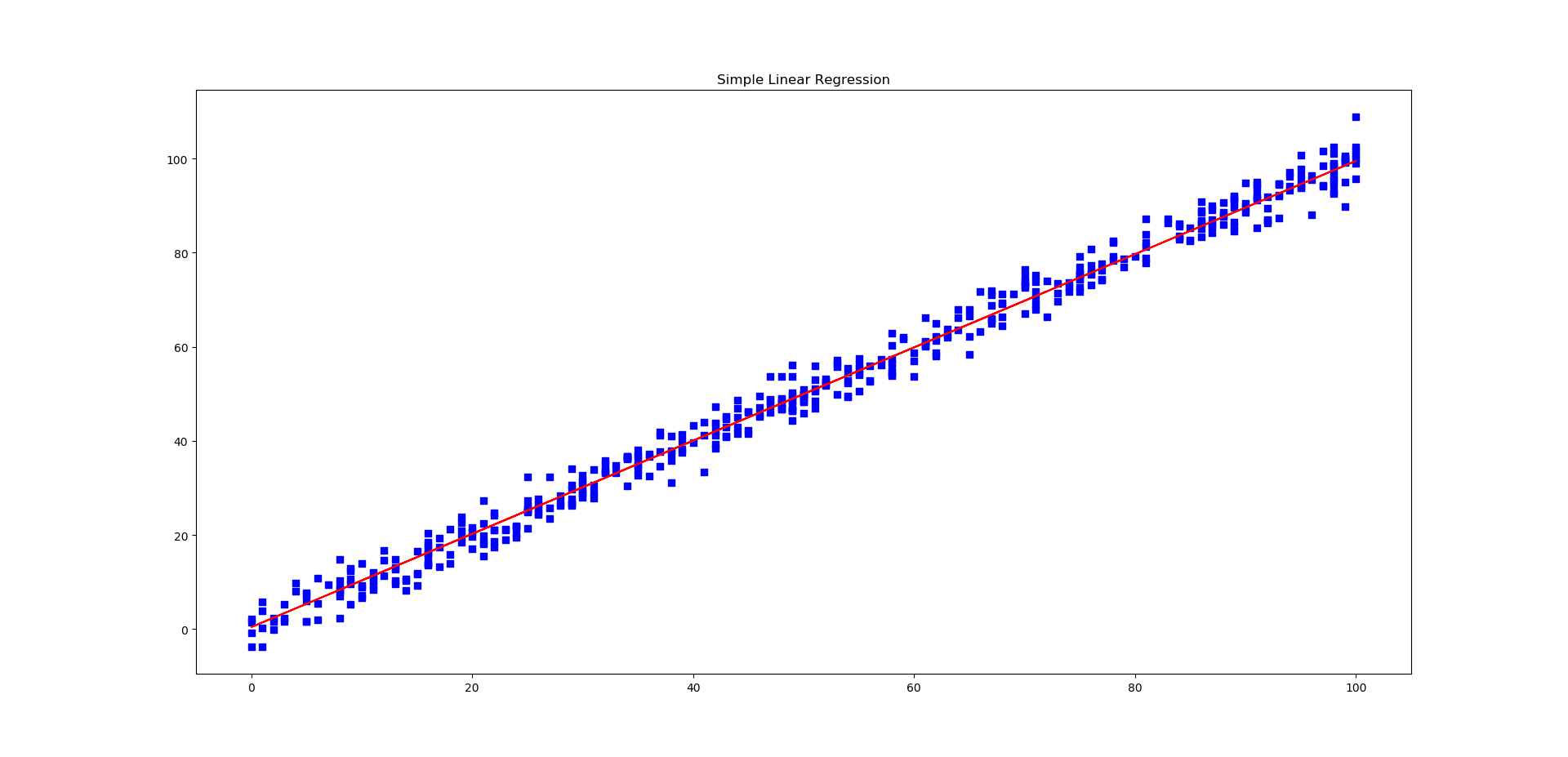Trying to implement Scikit Learn for Python in C++
SOURCE NEEDED: preprocessing.h, proecessing.cpp and statx.h
StandardScaler will standardize features by removing the mean and scaling to unit variance. ref: Scikit Learn docs
// SWAMI KARUPPASWAMI THUNNAI
#include <iostream>
#include "preprocessing.h"
int main()
{
StandardScaler scaler({0, 0, 1, 1});
std::vector<double> scaled = scaler.scale();
// Scaled value and inverse scaling
for (double i : scaled)
{
std::cout << i << " " << scaler.inverse_scale(i) << "\n";
}
}SOURCE NEEDED: preprocessing.h, proecessing.cpp and statx.h
// SWAMI KARUPPASWAMI THUNNAI
#include <iostream>
#include "preprocessing.h"
int main()
{
std::vector<double> normalized_vec = preprocessing::normalize({ 800, 10, 12, 78, 56, 49, 7, 1200, 1500 });
for (double i : normalized_vec) std::cout << i << " ";
}SOURCE NEEDED: preprocessing.h and preprocessing.cpp
Label encoding is the process of encoding the categorical data into numerical data. For example if a column in the dataset contains country values like GERMANY, FRANCE, ITALY then label encoder will convert this categorical data into numerical data like this
| country - categorical | country - numerical |
|---|---|
| GERMANY | 1 |
| FRANCE | 0 |
| ITALY | 2 |
Example code:
// SWAMI KARUPPASWAMI THUNNAI
#include <iostream>
#include <string>
#include "preprocessing.h"
int main()
{
std::vector<std::string> categorical_data = { "GERMANY", "FRANCE", "ITALY" };
LabelEncoder<std::string> encoder(categorical_data);
std::vector<unsigned long int> numerical_data = encoder.fit_transorm();
for (int i = 0; i < categorical_data.size(); i++)
{
std::cout << categorical_data[i] << " - " << numerical_data[i] << "\n";
}
}// SWAMI KARUPPASWAMI THUNNAI
#include <iostream>
#include <string>
#include "preprocessing.h"
int main()
{
std::vector<std::string> ip_addresses = { "A", "B", "A", "B", "C" };
LabelBinarizer<std::string> binarize(ip_addresses);
std::vector<std::vector<unsigned long int>> result = binarize.fit();
for (std::vector<unsigned long int> i : result)
{
for (unsigned long int j : i) std::cout << j << " ";
std::cout << "\n";
}
// Predict
std::cout << "Prediction:\n-------------\n";
std::string test = "D";
std::vector<unsigned long int> prediction = binarize.predict(test);
for (unsigned long int i : prediction) std::cout << i << " ";
}HEADERS NEEDED: lsr.h and lsr.cpp
Creating new model and saving it:
DATASET:
| X | y |
|---|---|
| 2 | 4 |
| 3 | 5 |
| 5 | 7 |
| 7 | 10 |
| 9 | 15 |
// SWAMI KARUPPASWAMI THUNNAI
#include "lsr.h"
int main()
{
// X, y, print_debug messages
simple_linear_regression slr({2, 3, 5, 7, 9}, {4, 5, 7, 10, 15}, DEBUG);
slr.fit();
std::cout << slr.predict(8);
slr.save_model("model.txt");
}Loading existing model
// SWAMI KARUPPASWAMI THUNNAI
#include "lsr.h"
int main()
{
// X, y, print_debug messages
simple_linear_regression slr("model.txt");
std::cout << slr.predict(8);
}
Training and saving the model
// SWAMI KARUPPASWAMI THUNNAI
#include <iostream>
#include "mlr.h"
int main()
{
LinearRegression mlr({ {110, 40}, {120, 30}, {100, 20}, {90, 0}, {80, 10} }, {100, 90, 80, 70, 60}, NODEBUG);
mlr.fit();
std::cout << mlr.predict({ 110, 40 });
mlr.save_model("model.json");
}Loading the saved model
// SWAMI KARUPPASWAMI THUNNAI
#include <iostream>
#include "mlr.h"
int main()
{
// Don't use fit method here
LinearRegression mlr("model.json");
std::cout << mlr.predict({ 110, 40 });
}Classification male - female using height, weight, foot size and saving the model.
HEADERS / SOURCE NEEDED: naive_bayes.h, naive_bayes.cpp, json.h
// SWAMI KARUPPASWAMI THUNNAI
#include "naive_bayes.h"
int main()
{
gaussian_naive_bayes nb({ {6, 180, 12}, {5.92, 190, 11}, {5.58, 170, 12}, {5.92, 165, 10}, {5, 100, 6}, {5.5, 150, 8}, {5.42, 130, 7}, {5.75, 150, 9} }, { 0, 0, 0, 0, 1, 1, 1, 1 }, DEBUG);
nb.fit();
nb.save_model("model.json");
std::map<unsigned long int, double> probabilities = nb.predict({ 6, 130, 8 });
double male = probabilities[0];
double female = probabilities[1];
if (male > female) std::cout << "MALE";
else std::cout << "FEMALE";
}Loading a saved model:
// SWAMI KARUPPASWAMI THUNNAI
#include "naive_bayes.h"
int main()
{
gaussian_naive_bayes nb(NODEBUG);
nb.load_model("model.json");
std::map<unsigned long int, double> probabilities = nb.predict({ 6, 130, 8 });
double male = probabilities[0];
double female = probabilities[1];
if (male > female) std::cout << "MALE";
else std::cout << "FEMALE";
}